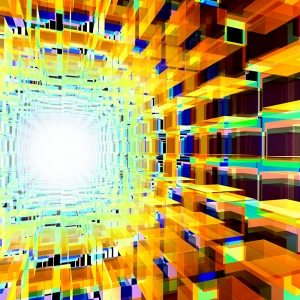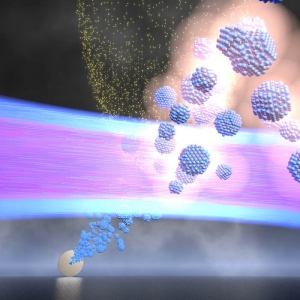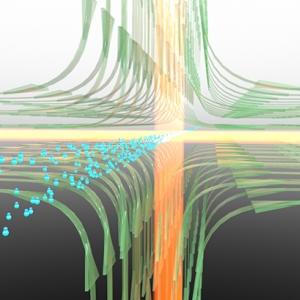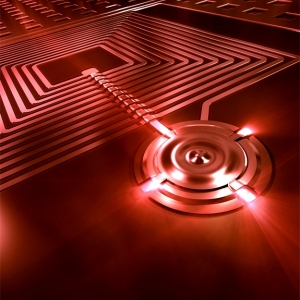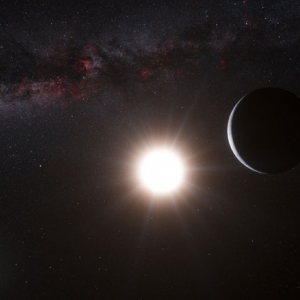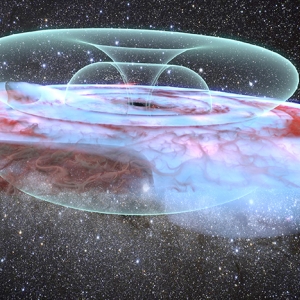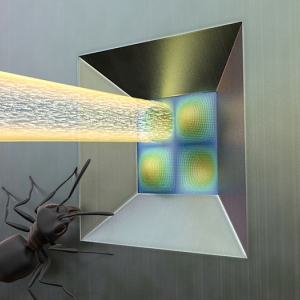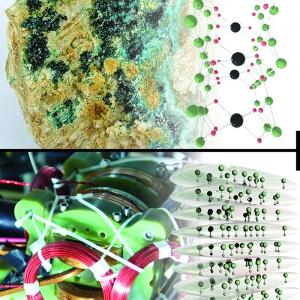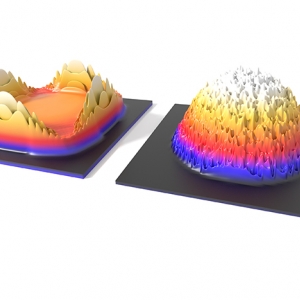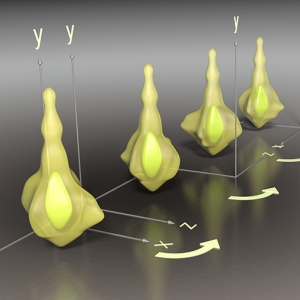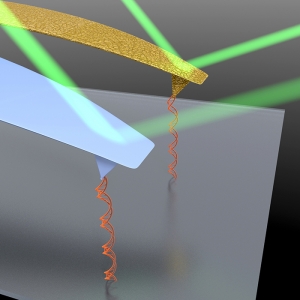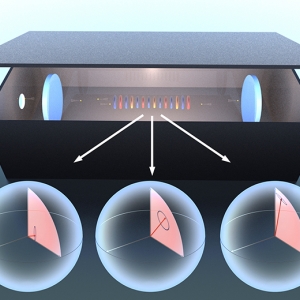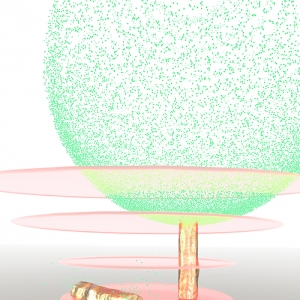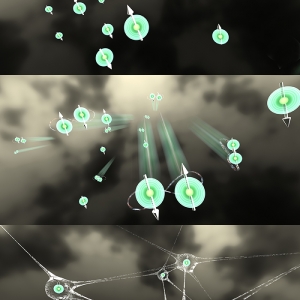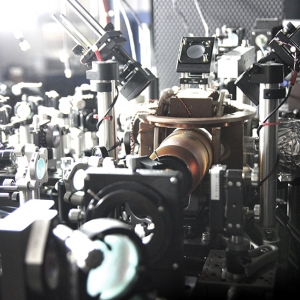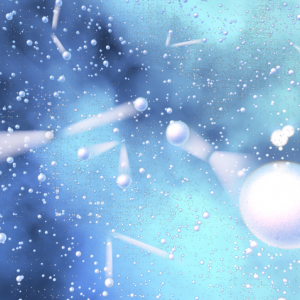Research Highlights
Displaying 281 - 300 of 507
Atomic & Molecular Physics
Life in the Fast Lane
PI(s):
Andreas Becker | Henry Kapteyn | Margaret Murnane
Atomic & Molecular Physics
Quantum Legoland
PI(s):
Murray Holland
Nanoscience
Not All who Wander are Lost
PI(s):
Henry Kapteyn | Margaret Murnane
Atomic & Molecular Physics
Trapper Marmot and the Stone Cold Molecules
PI(s):
Jun Ye
Quantum Information Science & Technology
The Transporter
PI(s):
Konrad Lehnert
Astrophysics
Alien Atmospheric Chemistry
PI(s):
Jeffrey Linsky
Astrophysics
Countdown to Launch
PI(s):
Mitch Begelman
Precision Measurement | Quantum Information Science & Technology
Position Wanted
PI(s):
Cindy Regal
Atomic & Molecular Physics
Model Behavior
PI(s):
Ana Maria Rey
Atomic & Molecular Physics
Physicists on the Verge of Mean-Field Breakdown
PI(s):
Ana Maria Rey
Atomic & Molecular Physics
The Pathfinder
PI(s):
Steven Cundiff
Biophysics
Going for the Gold
PI(s):
Thomas Perkins
Atomic & Molecular Physics
The Big Chill
PI(s):
John Bohn | Jun Ye
Laser Physics
The Heart of Darkness
PI(s):
James Thompson
Nanoscience
The Amazing Plasmon
PI(s):
David Nesbitt
Chemical Physics
Refueling the Future - with Carbon Dioxide
PI(s):
J. Mathias Weber
Atomic & Molecular Physics
The Entanglement Tango
PI(s):
Ana Maria Rey | James Thompson
Precision Measurement
The Most Stable Clock in the World
PI(s):
Jun Ye
Atomic & Molecular Physics
Everything's Cool with Atom
PI(s):
Cindy Regal
Atomic & Molecular Physics
Close Encounters with the Contact
PI(s):
Deborah Jin | Eric Cornell





